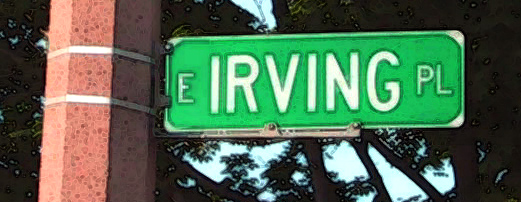Yesterday, I finally got the opportunity to see Pina, which I have been waiting for since December. I was not disappointed in the least.
I saw the 2D version, so I couldn't say whether the 3D aspect was used effectively, but I don't really care for 3d, so that was a feature, rather than a bug.
Overall, I thought it was brilliant. I am not a dance connoisseur, modern or otherwise. I had not heard of Pina Bausch until I first saw the trailer for the film. That being said, it really spoke to me. The dance was a constant juxtaposition of the graceful and the awkward, the beautiful and the homely.
The version of The Rite of Spring that basically opened the film was a violently powerful display of sweat and dirt and fear. It set the tone for obvious effort and exertion.
One thing that struck a chord with me was how many of the movements and gestures reminded me of things I do when I'm feeling a little silly. Pina took that silliness and pushed it to the edge, stretched it, exaggerated it, and it became art.
The soundtrack was also a big winner for me. I think it was the use of Jun Miyake's "Lilies in the Valley" in the trailer that first grabbed my attention. It all really worked.
One more thing: I don't know much about Wuppertal, but man, I really want to ride on their tram now. Wouldn't you?


